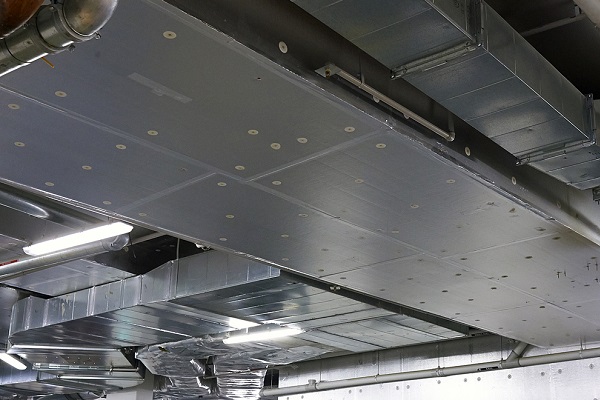Industry warned: beware of non-conforming soffit insulation

Building practitioners and contractors are reminded to be on the alert for non-conforming soffit insulation as some importers and merchants try to liquidate obsolete stock.
Under Australian Standard AS 5637.1, soffit insulation installed as an exposed lining has been required to undergo a full-room fire test before being used.
According to Insulation Australasia’s technical spokesman Keith Anderson, while all relevant insulation manufacturers are aware of the rules outlined in the National Construction Code 2016 (NCC) as of 1 May 2016 in the Australian Standards, “not all industry participants have shown the same level of due diligence when supplying and installing compliant insulation”.
“I think the intent of the NCC 2016 was clear in addressing a recognised fire safety issue with the NCC as it tightened up on the testing method, and it gave manufacturers a generous three years to transition. It is also clear that this concession period ended on 1 May 2019.”
“Building regulators and practitioners need to be checking the credentials of all soffit insulation to ensure that Group numbers and Smoke Growth Rate Index (SMOGRARC) performance claims made are supported by a legitimate AS 5637.1 compliant ceiling and wall fire test report from a laboratory that is NATA accredited for the AS ISO 9705 test method,” Keith says.
All building practitioners should understand how to recognise a legitimate NCC 2019 compliant soffit insulation test report. Key questions that should be asked include:
- Does the test report state that the test is in accordance with AS 5637.1?
- Was the test conducted by a test lab accredited by NATA for the actual test method adopted?
- Was the test specimen installation method consistent with how the product is installed in practice? E.g. is there any additional steel support, additional linings or caulking that may affect the result?
- Was the specimen tested actually the product specified for the project? E.g. some products come with a variety of facing materials that can significantly affect the result in a fire test.
- Does the test report declare the Group Number achieved?
- Does the test report declare the SMOGRARC achieved?
“Our message to architects, builders and insulation installers is to ask for full test reports, not just test certificates, to ensure they are issued by a laboratory that’s accredited to carry out AS 5637.1 testing,” RED Fire Engineers technical director MC Hui says.
“Be diligent and check the authenticity of the fire engineer’s report. The reports must confirm the testing and determination of the material Group Number was carried out in accordance with AS 5637.1.”
